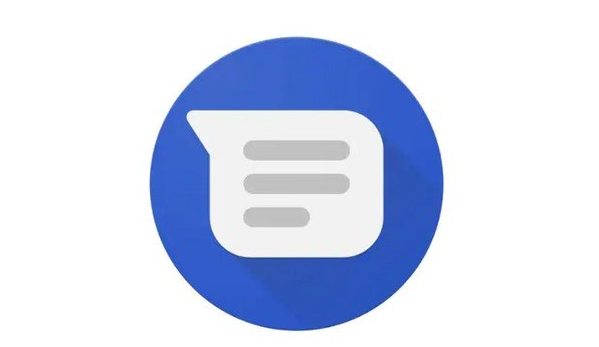This feature also lets users inform Google about suspected spam messages they may receive, helping to reduce the possibility of future occurrences. Aside reporting suspected spam texts, the company also made it known that users will be able to block entire conversations they no longer want to continue.
If you get a suspected spam warning in messages, you can let Google know what to do by tapping on “Report spam” or “Report not spam”. Google identifies spammers by temporarily storing the phone numbers of sent and received messages that are not in the user’s contact list. This data is not connected to your name or phone number, ensuring that Google has no idea who you are exchanging messages with. This feature helps to provide a safer messaging experience for users who may be targeted by con-artists from time to time. It is available in a number of countries already including the United States. Google also rolled out verified SMS for messages. This is particularly useful for businesses, as customers can now verify legitimate messages sent to them from business organizations. This works by verifying that certain content is sent by a specific business. Verified messages display the business name, logo and a verification badge in the message thread. This feature is available in about nine countries including the United States, Brazil and the UK, and is expected in a number of more regions in the near future. References
